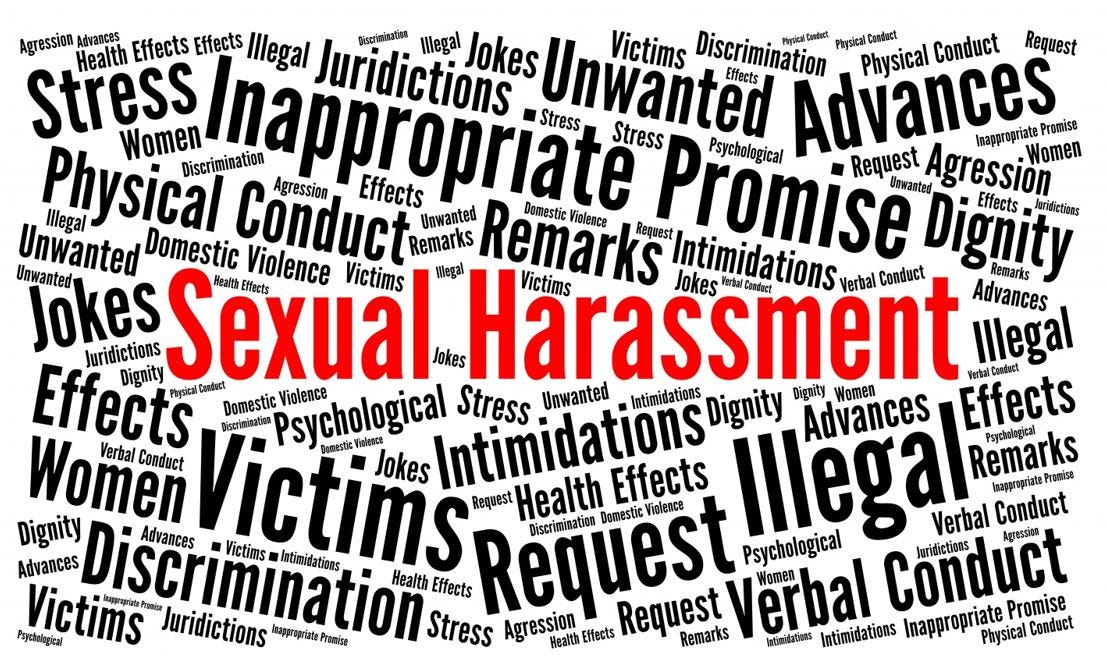Introduction
Sexual harassment isn’t just about inappropriate behavior; it’s a violation of personal boundaries that leaves lasting scars. Victims often face emotional distress, anxiety, and a sense of powerlessness. The effects ripple through workplaces, communities, and society at large, impacting productivity, mental health, and overall well-being.
Shifting the Narrative
One of the most significant shifts required is in the narrative surrounding sexual harassment. It’s not just a women’s issue—it’s a societal issue. Men, women, and non-binary individuals can all be affected. By recognizing this, we create a more inclusive space for victims to come forward and share their experiences without fear of judgment or skepticism.
Empowering Through Education
Education plays a pivotal role in combating harassment. Workplaces must provide comprehensive training programs to educate employees about what constitutes harassment, its impact, and the avenues available for reporting. Education empowers individuals to recognize, prevent, and address harassment effectively.
Creating a Supportive Environment
A supportive environment is essential for those who’ve experienced harassment. Organizations need clear and empathetic reporting mechanisms that ensure confidentiality and protection against retaliation. When victims feel supported, they’re more likely to come forward, leading to a safer workplace for everyone.

Accountability and Consequences
Instituting robust accountability measures is crucial. Perpetrators must face consequences for their actions, sending a clear message that harassment will not be tolerated. This requires a cultural shift where institutions prioritize justice and fairness over protecting the reputation of the accused.
Embracing Intersectionality
Understanding the intersectionality of harassment is key. Different identities—race, gender, sexual orientation, and more—can intersect, influencing the experience of harassment. Acknowledging these intersections is crucial in addressing the unique challenges faced by individuals belonging to marginalized communities.

Advocacy and Policy Changes
Advocacy plays a pivotal role in effecting change. It’s crucial to push for policy changes at organizational and governmental levels that safeguard against harassment. This involves continuously refining existing policies and laws to ensure they are comprehensive and responsive to evolving societal norms.
Engaging Men as Allies
Men have a significant role to play in eradicating harassment. They can actively support victims, challenge toxic behaviors, and redefine masculinity by promoting respect and empathy. Engaging men as allies fosters a more inclusive and supportive environment for all.
Conclusion
Breaking the silence surrounding sexual harassment requires a collective effort. It’s about fostering a culture of respect, empathy, and accountability. Every individual has a role to play, whether it’s by speaking out against inappropriate behavior, supporting victims, or advocating for systemic change. By addressing sexual harassment head-on, we pave the way for a more equitable and safe future for all. It’s time to break the silence and create lasting change one where everyone can thrive without fear of harassment or discrimination.




